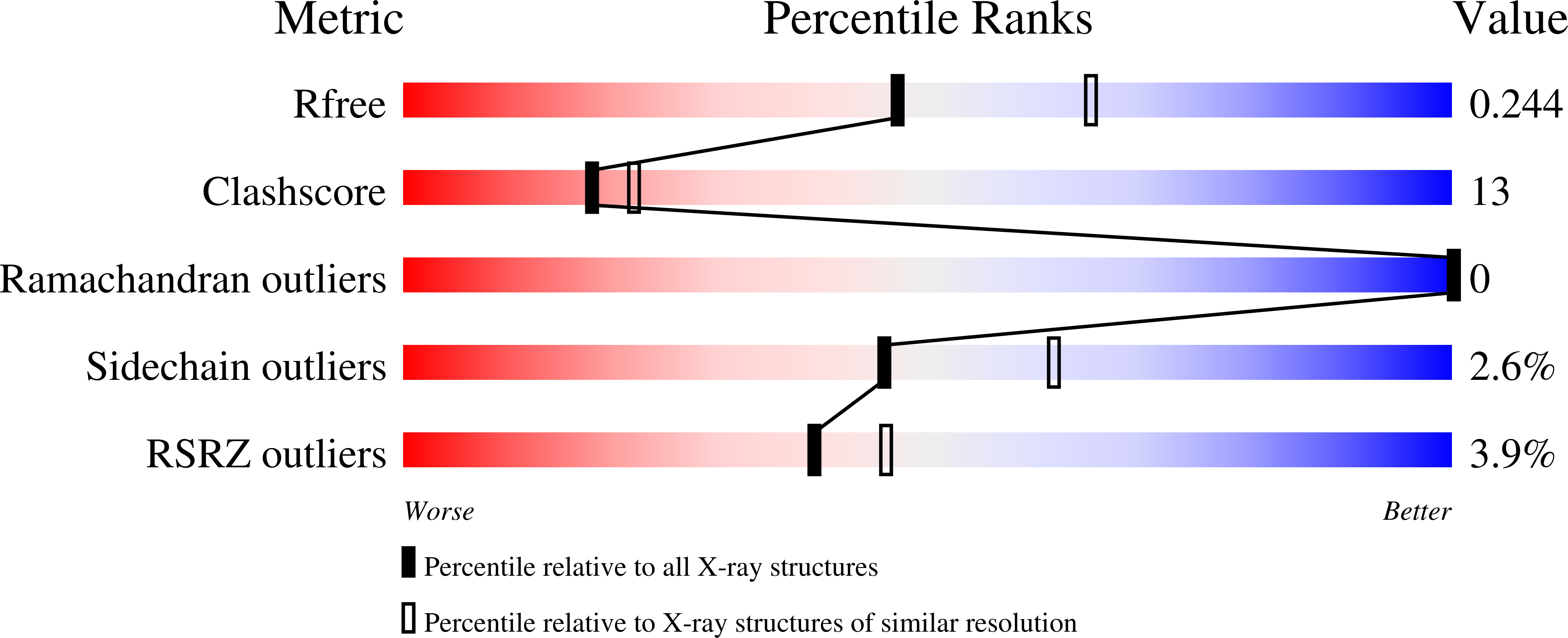Abstact
In Pseudomonas putida, the flavoprotein nicotine oxidoreductase (NicA2) catalyzes the oxidation of (S)-nicotine to N-methyl-myosmine, which is nonenzymatically hydrolyzed to pseudooxynicotine. Structural analysis reveals a monoamine oxidase (MAO)-like fold with a conserved FAD-binding domain and variable substrate-binding domain. The flavoenzyme has a unique variation of the classic aromatic cage with flanking residue pair W427/N462. Previous mechanistic studies using O2 as the oxidizing substrate show that NicA2 has a low apparent Km of 114 nM for (S)-nicotine with a very low apparent turnover number (kcat of 0.006 s-1). Herein, the mechanism of NicA2 was analyzed by transient kinetics. Single-site variants of W427 and N462 were used to probe the roles of these residues. Although several variants had moderately higher oxidase activity (7-12-fold), their reductive half-reactions using (S)-nicotine were generally significantly slower than that of wild-type NicA2. Notably, the reductive half-reaction of wild-type NicA2 is 5 orders of magnitude faster than the oxidative half-reaction with an apparent pseudo-first-order rate constant for the reaction of oxygen similar to kcat. X-ray crystal structures of the N462V and N462Y/W427Y variants complexed with (S)-nicotine (at 2.7 and 2.3 Å resolution, respectively) revealed no significant active-site rearrangements. A second substrate-binding site was identified in N462Y/W427Y, consistent with observed substrate inhibition. Together, these findings elucidate the mechanism of a flavoenzyme that preferentially oxidizes tertiary amines with an efficient reductive half-reaction and a very slow oxidative half-reaction when O2 is the oxidizing substrate, suggesting that the true oxidizing agent is unknown.



